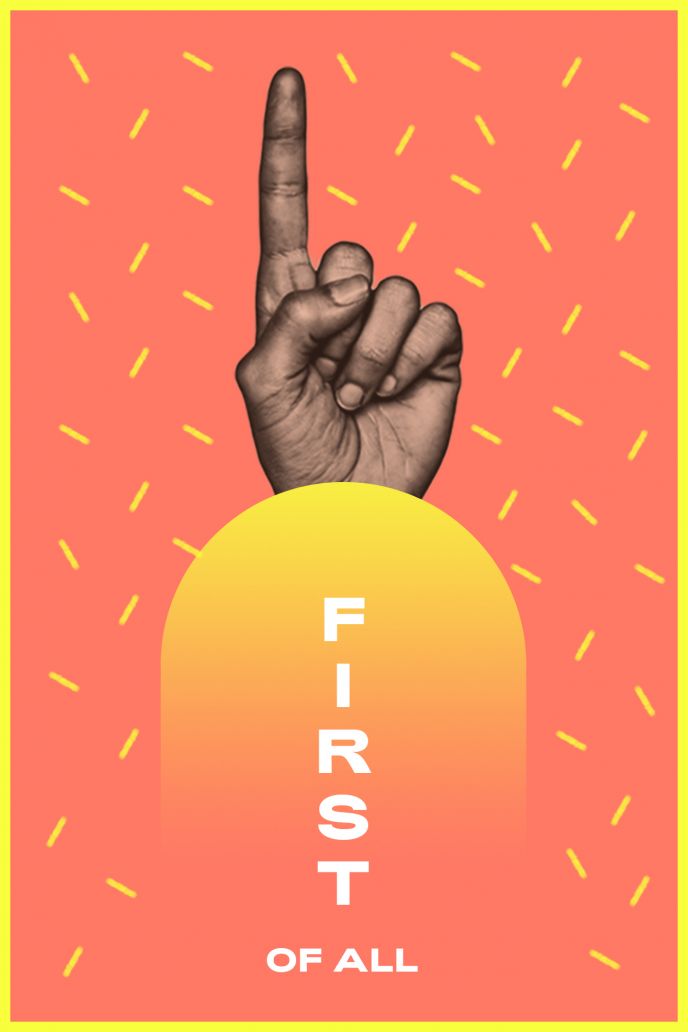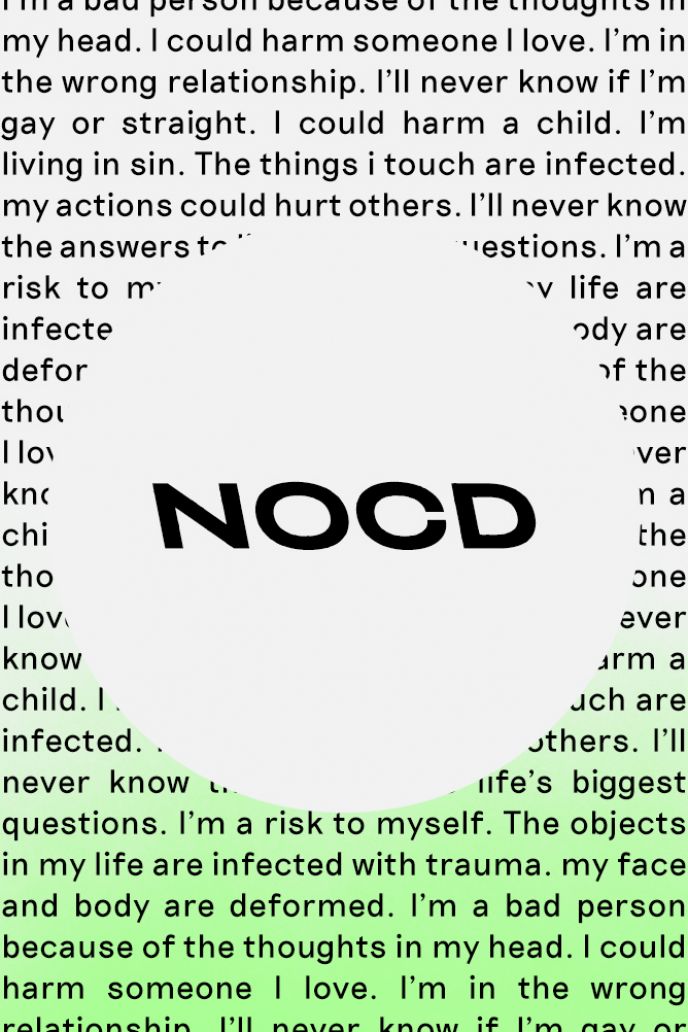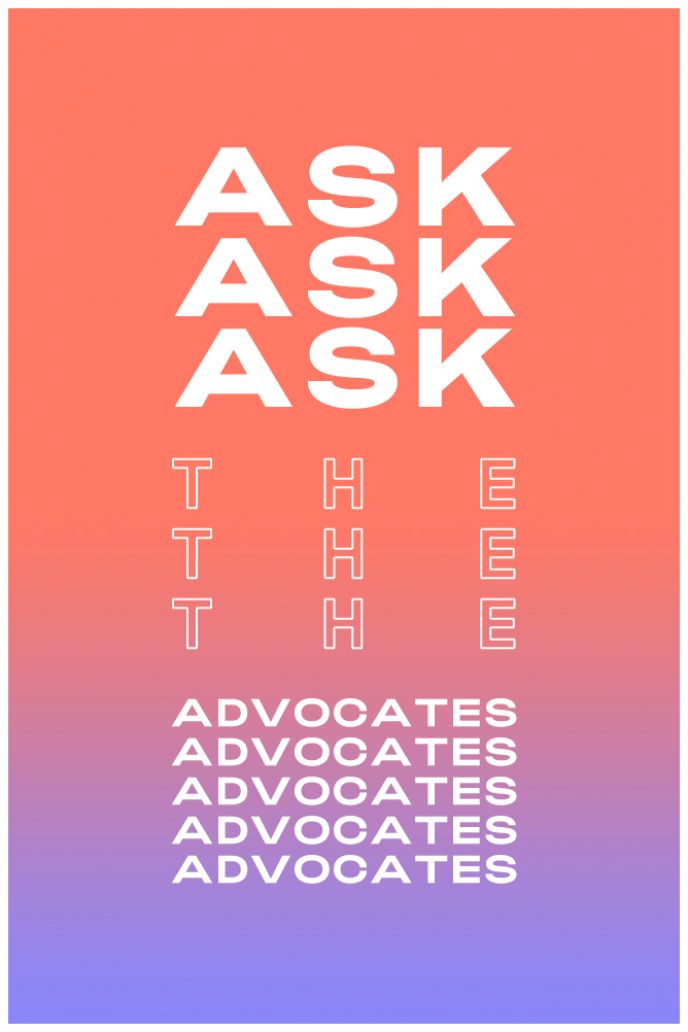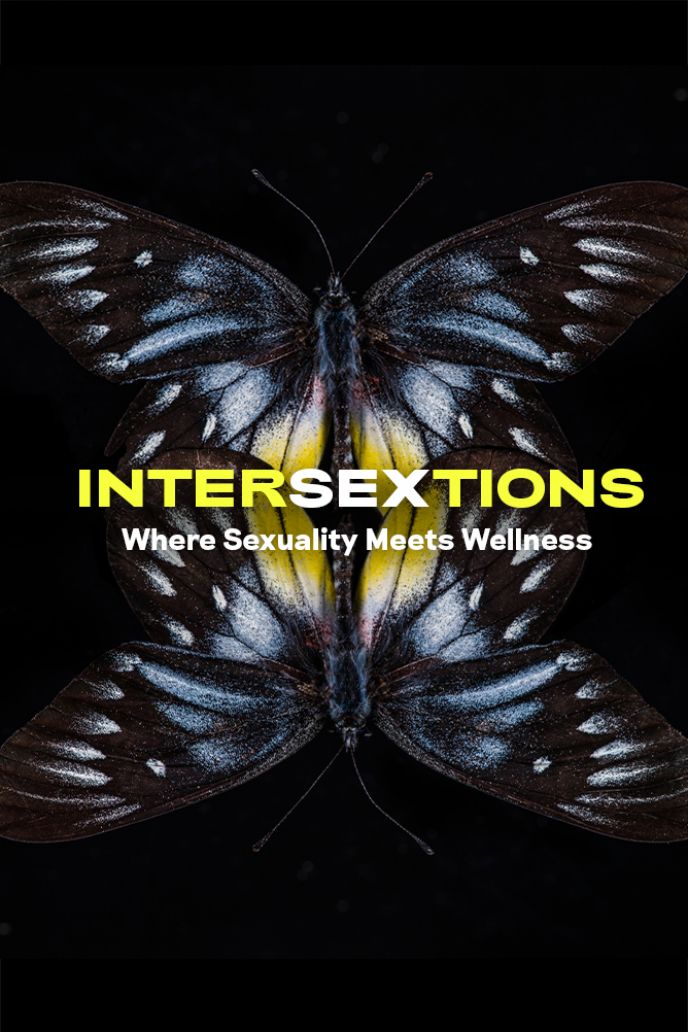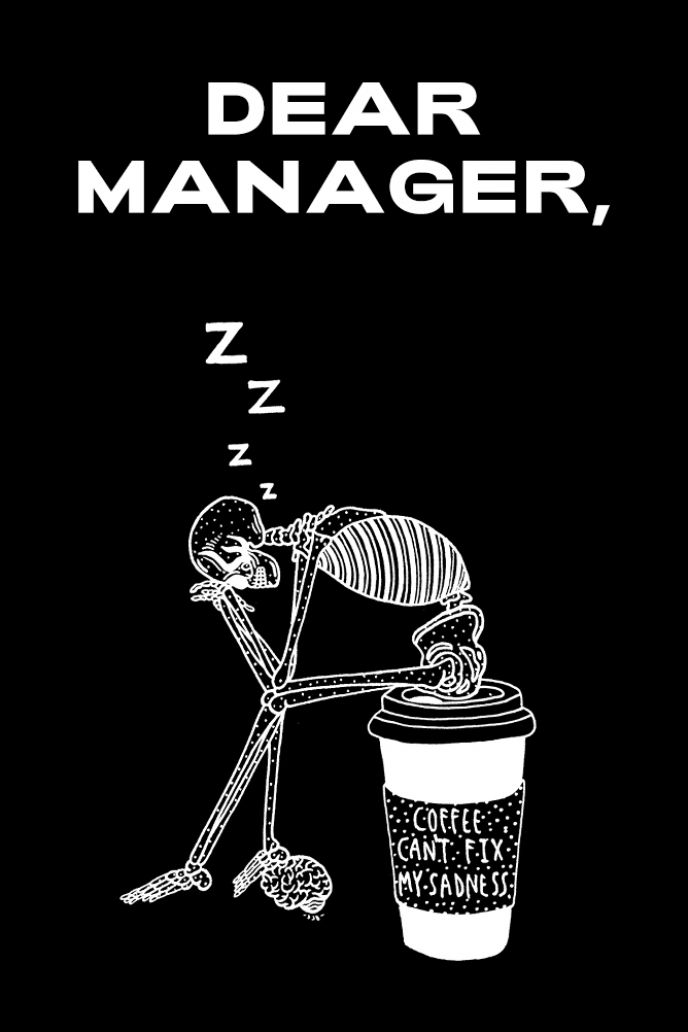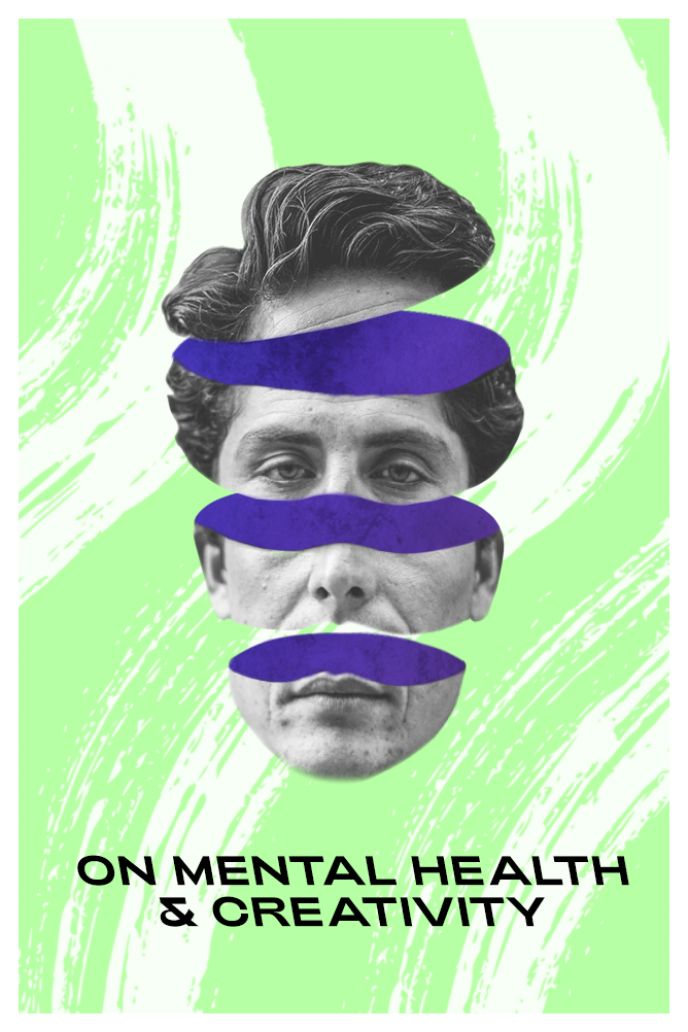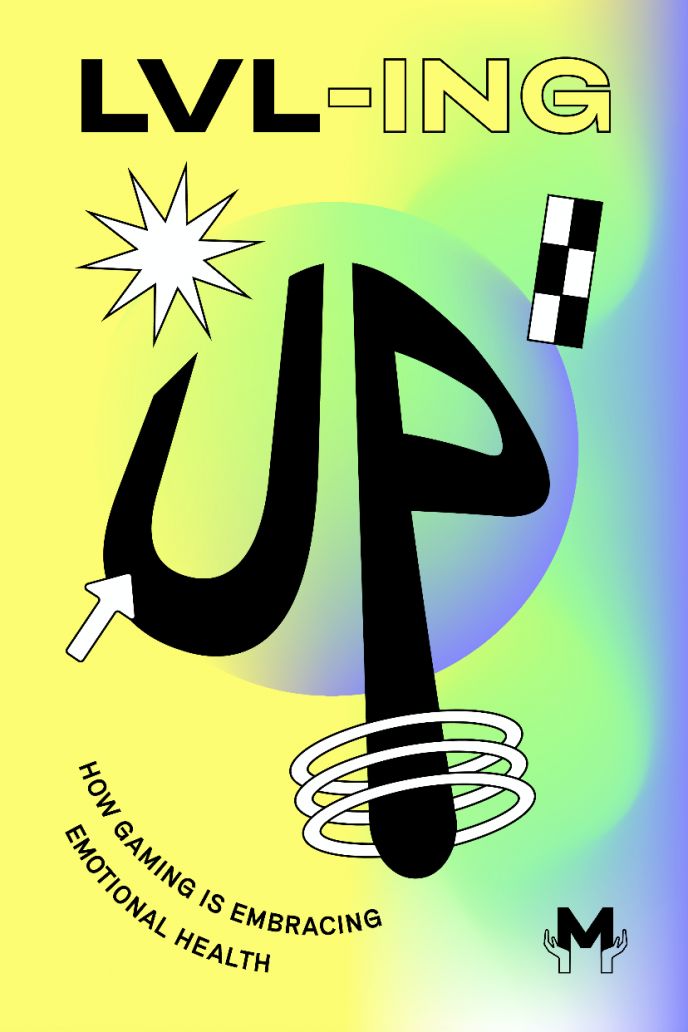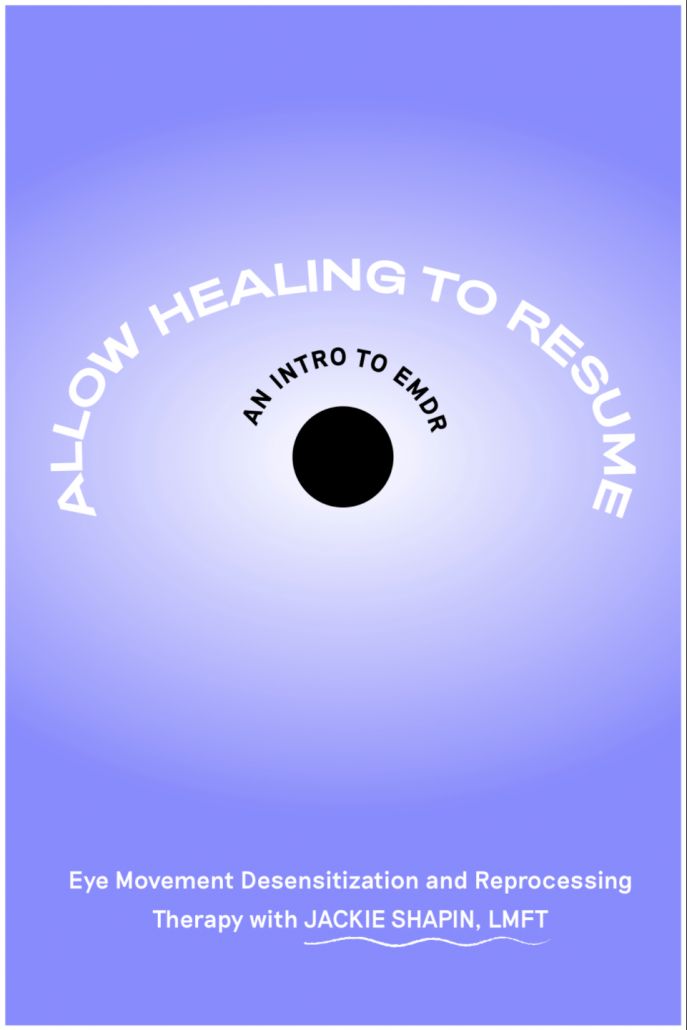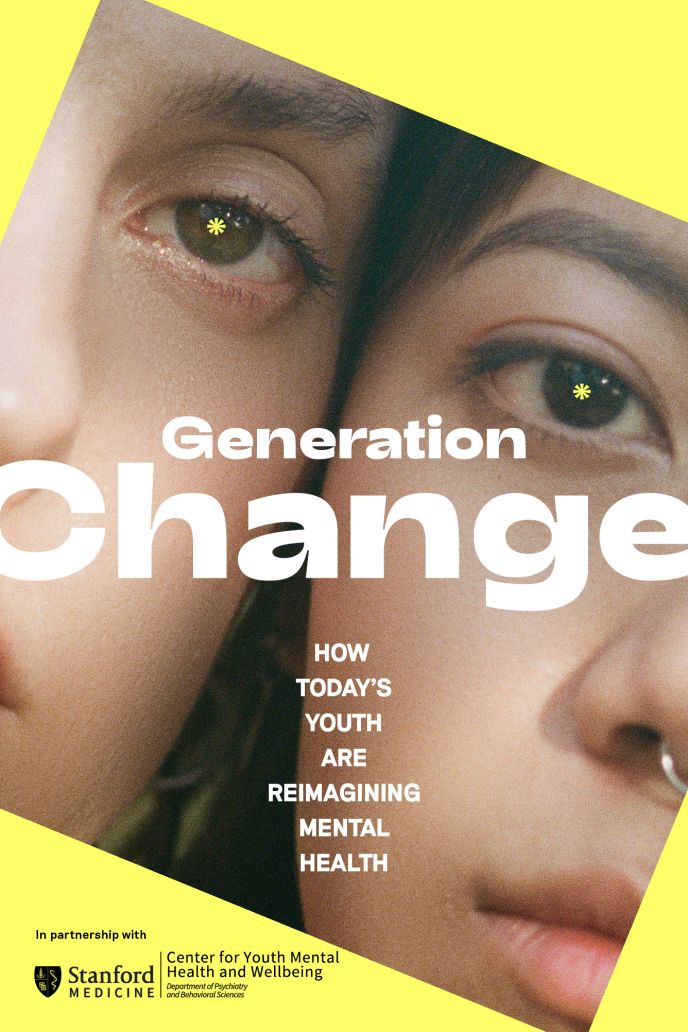The Asch Conformity Study
Everyone likes to think they’d stand their ground when confronted by a group, but psychology says otherwise.
Written by Made of Millions Team

01 The Asch conformity study looked at how much a group majority can change or influence someone’s opinion.
02 It was found that people often give incorrect answers to conform with the majority, even when the correct answer seems obvious.
03 While we may think we aren't susceptible to peer pressure, there's many reasons people conform. It's important to be aware of our decision making, and stand behind what we truly believe.
Who Conducted The Asch Conformity Study?
Are you good at avoiding peer pressure? Everyone likes to think they’d stand their ground when confronted by a group, but psychology says otherwise. The Asch conformity studies were conducted in the 1950’s by Solomon Asch. Asch was a Polish-American psychologist who was interested in learning about how humans socialize and influence each other. He conducted his most famous experiment, the Asch conformity studies, to find out how much a group majority can change or influence someone’s opinion.

The Asch Conformity Study
Explaining The Asch Conformity Study
When crafting the experiment, Asch wanted to ensure that there were undoubtedly right and wrong answers for people to choose from. He decided to create line graphs, and ask participants to match two lines that were clearly the same height. Participants were all young male college students who were separated into different groups.
Before the experiment began, he instructed almost everyone in each group to give incorrect answers to the question. These participants were known as the “confederates” because they were in on the experiment. He then selected one participant to be the “true subject.” They were told that the experiment was a simple visual exam.
Once everyone was in the room, different sets of line graphs were shown. The confederates gave their answers first and the true subjects went last. In the beginning, confederates were matching lines correctly. But as time went on, they purposefully started to give incorrect answers.
The Asch Conformity Study Results
It was found that one-third of the true subjects matched incorrect lines. However, in trials where the confederates gave the correct answers, less than 1 percent of true subjects chose incorrectly. And in trials where just one confederate matched the lines correctly or chose a line different from the group majority, the true subject was less likely to conform with the group.
Why do People Conform?
True subjects conformed because of three distortions:
- Distortion of judgment — Participants assumed that the confederates were correct, and were failing to see what they were seeing.
- Distortion of action — Participants knew they were incorrect, but didn’t want to be ostracized from the group.
- Distortion of perception — Participants genuinely believed the confederates were giving correct answers.
The majority fell into the first two categories.
Final Thoughts
The Asch Conformity Study shows how a group majority can influence decisions. However, the results aren’t something to be ashamed of.
Avoiding peer pressure may seem like something we can easily avoid or outhink, but it’s a pretty normal response. Our brain prefers that we stay in the majority so that we’re socially safe and accepted.
But just because something is safe, doesn’t mean it’s right. In some situations, such as casual conversations with friends, family, classmates or coworkers, blindly taking a side can feel inconsequential. But what happens when situations call for meaningful action, like in instances of bullying or social injustice? It’s important to stand behind what we truly believe, because the decisions we make can have a huge impact.
Support our work
We’re on a mission to change how the world perceives mental health.
